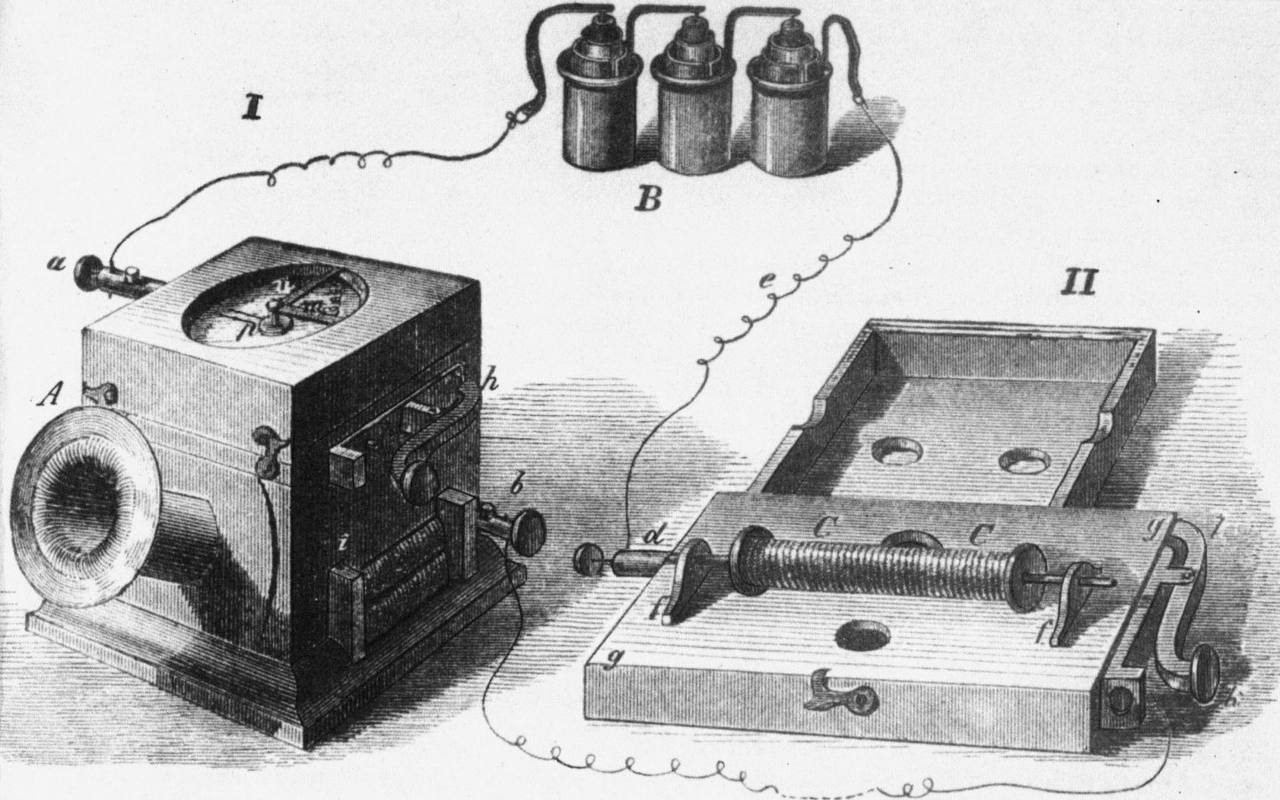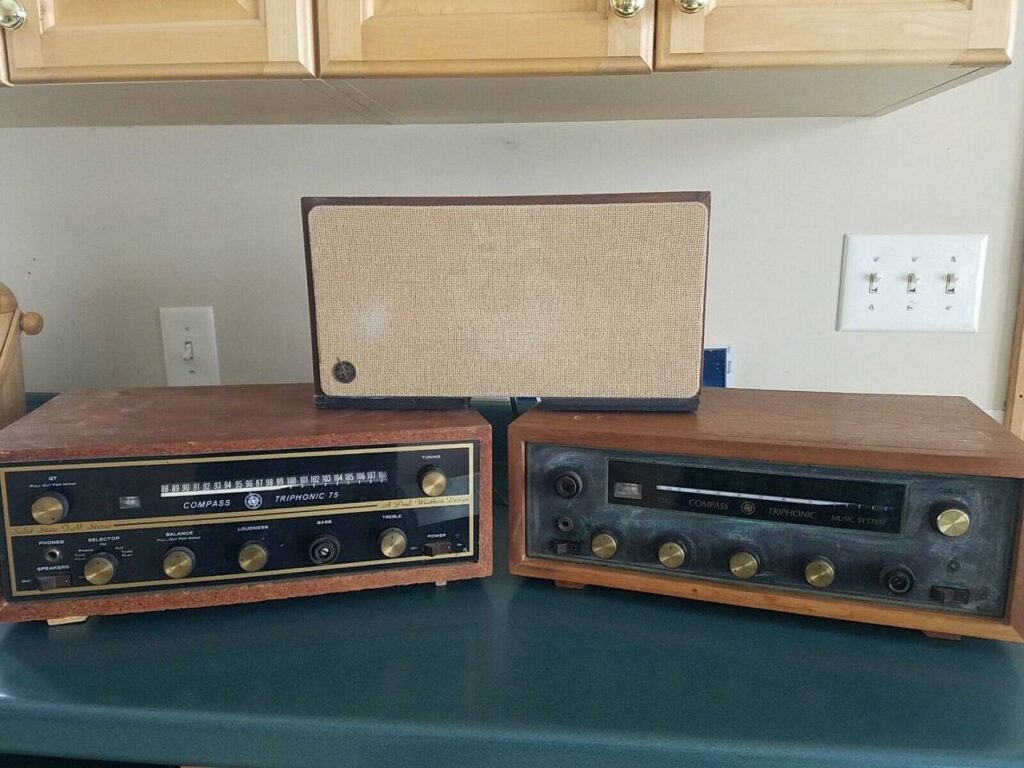THE HISTORY OF SUBWOOFERS

Formally, the world’s first speaker was developed one and a half centuries ago by Johann Philipp Reis, a German physicist who invented the telephone. However, that device could only reproduce pure tones, while in Alexander Graham Bell’s version of 1876, it was possible to distinguish individual words. Literally a year later, an improved version appeared by Ernst Werner von Siemens. At the same time, Thomas Alva Edison obtained a patent for a sound reproduction system that worked… with compressed air. Several major companies, such as Victor and Pathé, even produced players with a similar design, but the quality of their sound was, frankly, questionable. One of the key drawbacks was the inability to work at low volume levels, by the way, similar complaints are sometimes made about acoustic systems to this day.
The world’s first electroacoustic transducer with a moving coil appeared in 1915, thanks to the efforts of Peter Jensen and Edwin Pridham. Telephone companies were not interested in the novelty, and it was decided to switch to radio and alarm systems, for which the Magnavox trademark was registered. By the way, this idea was patented only 10 years later by Chester Williams Rice and Edward Washburn Kellogg of General Electric, and the patent was issued in April 1929. To the credit of Kellogg and Rice, their version featured improvements aimed at improving the frequency response.
On September 29, 1964, a certain Raymond Dones received a US patent for a low-frequency speaker enclosure design, and perhaps this date can be considered the official birthday of the subwoofer. Theoretical research quickly received practical implementation – the company Aladdin Electronics launched the Octavium model. Obviously, subwoofers were initially used as part of stereo systems, for example, in 1968, Paul Wexler released the Compass Triphonic audio system, which consisted of a pair of compact satellites and a subwoofer. Similar combinations are still common today, however, the true heyday of the subwoofer came with the emergence of multi-channel theatrical formats, where there was a separate low-frequency effects channel. And it happened, I remind you, first in 1986, when Dolby Digital development began, then in 1992, when the first movie in this format was released, “Batman Returns,” and finally in 1996, when the DVD appeared, the most mass digital physical video carrier. Then—everywhere.

Initially, a typical subwoofer was unequivocally associated with a speaker of at least 10-12 inches and much more resembled a guitar “combo” than a component of an audio system. But then, with the emergence of both efficient transducers and powerful amplifiers, it became possible to significantly miniaturize the dimensions of the low-frequency unit. There is no esotericism here, everything is in accordance with the basic laws of acoustics. A speaker cannot efficiently radiate vibrations below its resonance frequency, which is practically inversely proportional to its diameter, i.e., the larger the speaker, the lower the frequency. Its artificially reducing it can only be achieved by significantly increasing the stiffness of the diaphragm and, as a result, its mass. And increasing the mass of the moving system entails a decrease in sensitivity. The circle closes, it is possible to create a bass and compact radiator, but to provide it with a sufficient level of sound pressure, it will be necessary to supply hundreds of watts to it. However, no one denies the charms of huge woofers either.
The acoustic design of the transducer from a logical point of view is also interpreted quite obviously. A sealed enclosure is ideal for music, a bass reflex is for theatrical effects, a passive radiator is a reasonable compromise and a golden mean. Well, accordingly, for music, a class AB amplifier is preferable, and for movies, D is more than enough.
From the perspective of connection and control points, it’s easiest in cinema, with just a linear input from the receiver and nothing more, all other settings can easily be handled by the same receiver. But if you plan to use the subwoofer in a stereo system, you may need at least level, crossover frequency, and phase adjustments, and perhaps even a parametric equalizer. Again, some believe that only a linear level signal should be operated, while others prefer a signal almost from the speaker terminals. And in the case of some intricate designer installation, it may not be possible to do without an air connection, such an option also exists.
